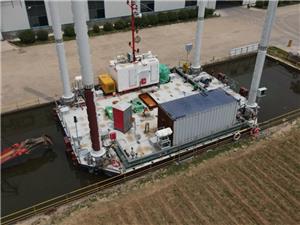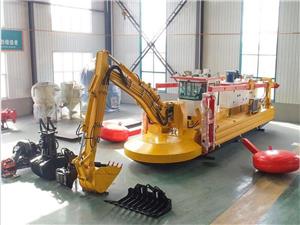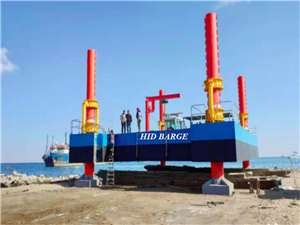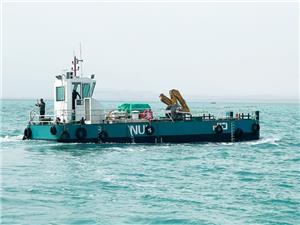Comprehending the Process of Dredging
The dredging process removes debris and sediment from the bottom of bodies of water such as oceans, rivers, and lakes. It's a prevalent practice used to clear waterways for navigation purposes, improve water quality, and prevent flooding.
Dredging excavation is an essential process for various purposes, including construction, environmental restoration, and mining. Dredges are available in multiple types, each with its disadvantages and advantages.
The cutter Suction dredge is the most prevalent type of dredge is the cutter suction dredge. It uses a rotating cutter to loosen material at the bottom of the body of water before sucking up the material through a pipe.
Cutter suction dredges are beneficial for various tasks, including dredging rivers, channels, and harbors.

Since dredging involves extracting debris or sediment from a body of water, it's mainly used to eliminate residue that may damage coastal structures, buildings, and docks. It's also beneficial in creating new channels and deepening or widening existing channels.
Dredging is a crucial part of water maintenance and often goes hand in hand with other activities such as the construction of breakwaters or levees, beach nourishment, and dredging spoils. Debris and sediment can build up on the bottom of waterways, making it challenging for boats to navigate them. Dredging can take care of this issue by clearing channels and making them safe for navigation.
Dredging excavation is also beneficial in eliminating contaminants from drinking water sources. The bottom of rivers and lakes can contain contaminants, making drinking unsafe. Dredging eliminates these contaminants and ensures water is safe for usage. Debris and sediment at the bottom of bodies of water can also make it challenging for construction projects. Dredging helps make room by clearing the area and readying it for a project.
The dredging process usually starts with surveying the waterway first. The survey usually entails collecting data on water depth, the type of sediment intended for removal, and the location of immersed obstructions.
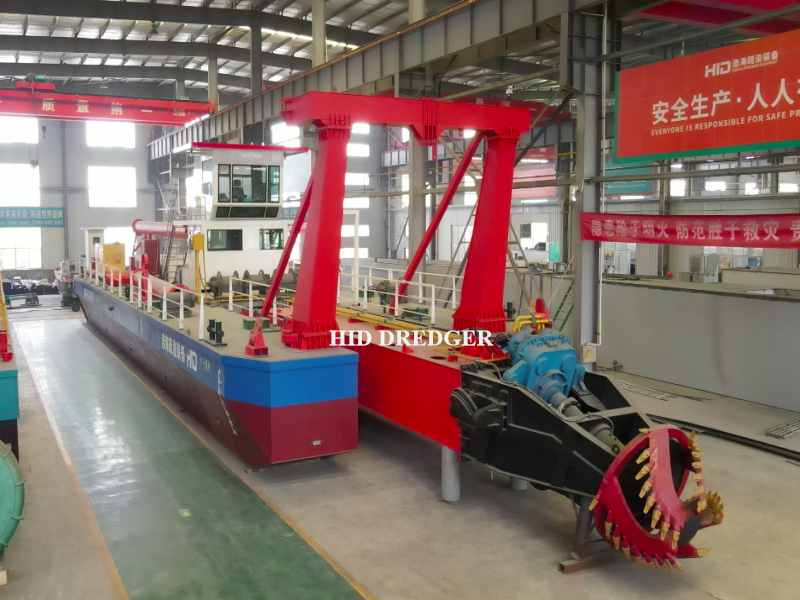
The dredging process is complicated, and specific extraction methods can vary depending on the type of dredge used, the type of sediment, and the waterway intended for dredging. Generally, however, the process entails four main steps.
1. Surveying the Waterway
Surveying the waterway is the first step in the dredging process. It's mainly done to determine the locations of obstacles, the channel's width, and the water's depth. This information is beneficial, as it helps plan the dredging process and determines the best way to remove the material.
2. Positioning the Dredge at the Starting Point
The next step in the dredging excavation process is positioning the dredge at the starting point. A crane or other lifting machine positions the dredge at the starting point and then lowers it into the body of water. Then, using a tugboat or another vessel, the dredge is towed to the starting point.
3. Removing Sediment From the Bottom of the Waterway
The dredging excavation process also involves removing sediment from the bottom of waterways. It's accomplished by using a dredge, a floating platform equipped with a dragline, and removes the residue from the bottom of a channel. The dredge floats into position over the dredging area and uses a dragline to scoop sediment from the bottom. Trucks or barges are usually used to transport the dredged sediment to a disposal area.
4. Pumping the Sediment-Water Mixture Through a Pipeline
Pumping the sediment-water mixture through a pipeline is the last step in the dredging process. The pipeline is vital for transporting the mix from the dredging site to a treatment plan or another area. The pipeline should be strong to withstand the weight and pressure of the sediment. It should also twist and bend without difficulty.
Dredging is a lengthy and complex procedure requiring professional knowledge and equipment to succeed. Contact HID Dredger today if you're looking a high quality and efficient dredging equipment.

